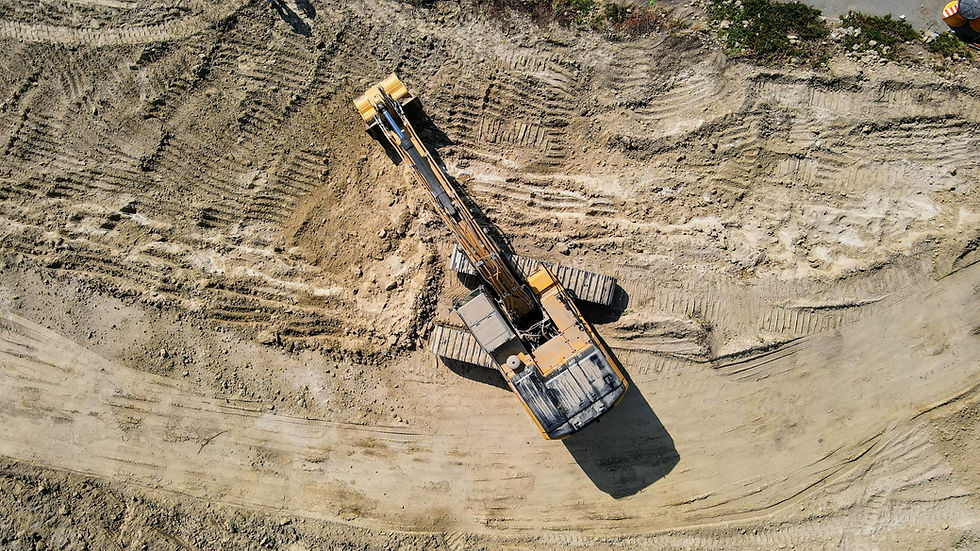Enhancing Geological Data Management with Dataverse
- James Blue
- Apr 6
- 2 min read

Introduction
Many companies in the mining and geological industries rely on specialized data management platforms like acQuire, GeoSoft, and Leapfrog Geo to manage vast amounts of subsurface data. While these platforms are highly effective at handling geoscientific and environmental information, integrating this data into broader business processes can be challenging. This is where Microsoft Dataverse can significantly enhance data management, offering a low-code, flexible, and integrated approach to extend the capabilities of these specialized platforms.
Streamlining Data Integration
Geological data platforms like acQuire are excellent at collecting and storing geoscientific data. However, integrating this data with other business systems can be complex. Dataverse solves this challenge by acting as a central data repository that connects seamlessly with the Power Platform. Using Dataflows, companies can easily pull SQL-based data from geological databases into Dataverse, allowing them to visualize, analyze, and utilize the data in a more integrated way.
Enhancing Data Accessibility and Reporting
Platforms like GeoSoft and Leapfrog Geo are designed for technical users, often requiring specialized knowledge to access and interpret data. Dataverse democratizes data accessibility by making information available through low-code applications like Power Apps and Power BI. This means that even non-technical staff can view and interact with geological data, generating insights without needing specialized software training. Moreover, using Dataverse as a unified data source enhances the accuracy of reports by incorporating real-time data from multiple systems.
Automating Workflows and Data Maintenance
Dataverse not only centralizes data but also empowers companies to build automated workflows through Power Automate. For example, when new exploration data is captured in acQuire, it can automatically trigger a data update in Dataverse, notifying stakeholders through Teams or sending an updated report via email. This level of automation reduces manual data entry, minimizes errors, and ensures consistent data availability.
Improving Collaboration and Data Governance
One of the biggest challenges with geological data is ensuring data consistency and governance across different teams and departments. Dataverse allows companies to establish standardized data structures and enforce data validation rules, which can be particularly useful when combining data from multiple platforms like GeoSoft and Leapfrog Geo. Furthermore, its integration with Microsoft Teams makes it easier for multidisciplinary teams to collaborate on geological projects, accessing the most up-to-date data from a single source.
Conclusion
By leveraging Dataverse alongside specialized geological data management platforms, companies can enhance data integration, reporting, automation, and collaboration. This approach not only maximizes the value of existing geological databases but also opens up new possibilities for data-driven decision-making across the organization.

%20(500%20x%20150%20px).png)


Comments